The eleventh day of Christmas is the feast day of St. Simeon the Stylite in the tradition of the early Church (also celebrated January 5 and September 1 on different liturgical calendars). It is also the feast day of St. Elizabeth Ann Seton, who is considered to be the first American-born saint.
St. Simeon’s faith was influenced by hearing the Beatitudes when he was a young boy in the early 4th century. Upon coming of age he sought out the monastic life and devoted himself to extreme self-denial and prayer. So disciplined and extreme was he in his sacrifice that he was found unfit for community life. St. Simeon then went to live as a hermit. When he went the whole of lent without food or drink, it was considered to be miraculous.
There were so many who sought him for prayer and advice that the only way in which to remove himself from people was to build a pillar upon which to live. He would become the first of the pillar hermits. His pillar became a pilgrimage site in which many sought from him spiritual counsel, intervention, and prayer. St. Simeon devoted his life to prayer and self-sacrifice but also gave exhortations twice daily and his words brought many conversions. A series of pillars were built with the last being at least 50 feet high. He lived upon a pillar for the last 37-40 years of his life.
St. Elizabeth Seton was made a saint in 1975 with her feast day falling on this date. She is the first native-born American citizen to be made a saint by the Roman Catholic Church. Elizabeth was born into a wealthy family in New York in 1774. Her mother died three years after birth and her father remarried. This marriage ended in separation and Elizabeth was rejected by her step-mother and went to live with her Uncle. She married a wealthy businessman and had five children. Her husband died of tuberculosis complications brought on by the stress of bankruptcy in 1803 just nine years after their marriage. Having traveled to Italy for her husband’s health, after her husband’s death, the widow Elizabeth was taken in by a Catholic family and she converted shortly after her return to the U.S. in 1805.
In 1810 she founded the first Catholic school in America as well as the first American religious community for women, the Sisters of Charity, and the first American Catholic orphanage. She was a volunteer, wife, mother, friend of the poor, teacher, and servant to God. She lived her life by seeking the will of God and attending to daily life through living in the grace of the moment.
St. Simeon gave up worldly pleasures for the divine. This reminds us of the simplicity in which the Christ child was born into. St. Elizabeth lost her wealth and was left as a poor widow who then dedicated her life to doing God’s will. This reminds us of the purpose of Christ’s birth. Take time today to celebrate the Christmas season in a simple way. Tradition holds that gathering together with family and friends is the main focus of the Twelve Days of Christmas. Reading a Christmas story together is a beautiful way to gather in celebration of the season.
On the eleventh day of Christmas my true love sent to me…

~eleven pipers piping…
Until we meet again, may God hold you in the palm of His hand.
~An Old Irish Blessing~
Marian McCoy Boveri
Day 1: Copyright: <a href=’http://www.123rf.com/profile_eireann‘>eireann / 123RF Stock Photo</a
Day 2: Copyright: <a href=’http://www.123rf.com/profile_eireann‘>eireann / 123RF Stock Photo</a>
Day 3: Copyright: <a href=’http://www.123rf.com/profile_eireann‘>eireann / 123RF Stock Photo</a>
Day 4: Copyright: <a href=’http://www.123rf.com/profile_eireann‘>eireann / 123RF Stock Photo</a>
Day 5: Copyright: <a href=’http://www.123rf.com/profile_eireann‘>eireann / 123RF Stock Photo</a>
Day 6: Copyright: <a href=’http://www.123rf.com/profile_eireann‘>eireann / 123RF Stock Photo</a>
Day 7: Copyright: <a href=’http://www.123rf.com/profile_eireann‘>eireann / 123RF Stock Photo</a>
Day 8: Copyright: <a href=’http://www.123rf.com/profile_eireann‘>eireann / 123RF Stock Photo</a>
Day 9: Copyright: <a href=’http://www.123rf.com/profile_eireann‘>eireann / 123RF Stock Photo</a>
Day 10: Copyright: <a href=’http://www.123rf.com/profile_eireann‘>eireann / 123RF Stock Photo</a>
Day 11: Copyright: <a href=’http://www.123rf.com/profile_eireann‘>eireann / 123RF Stock Photo</a>


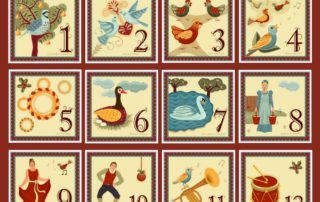













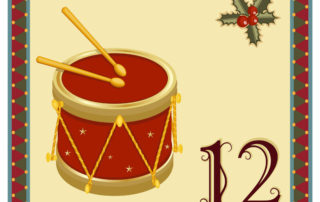

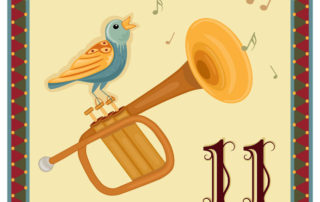
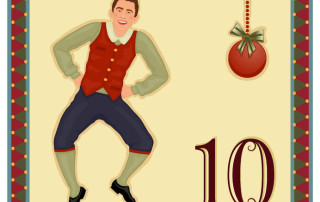
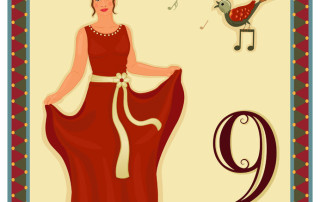
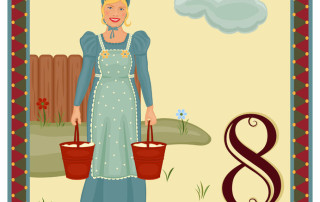
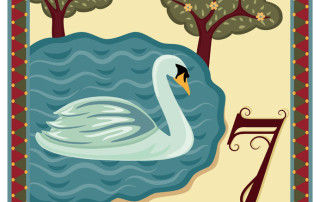

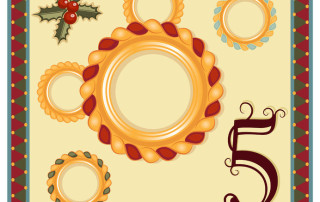
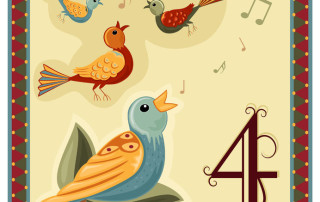
Let’s Connect
Facebook
Twitter
Google +1
LinkedIn